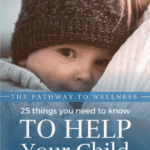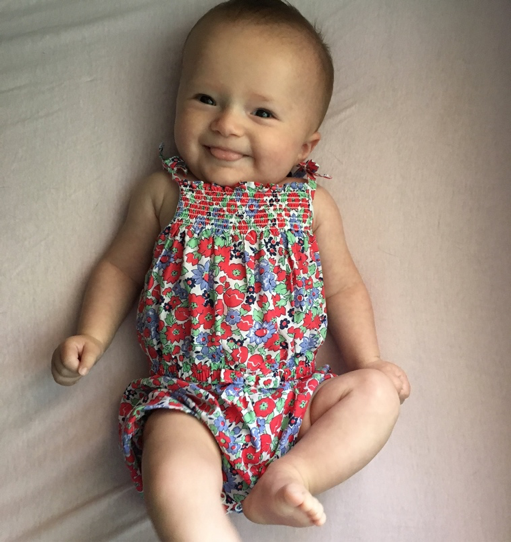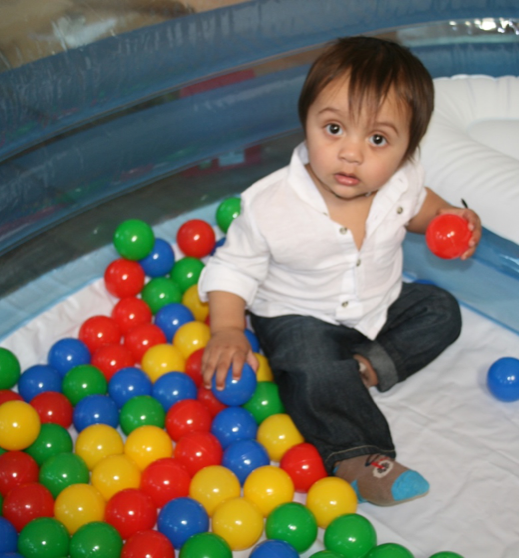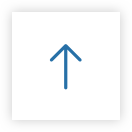Victories: Immobility to Creeping
Results: The only thing that matters in the world of hurt kids
At birth a newborn baby is immobile: the baby can move his arms and legs freely but cannot move forward. This is the first stage and at this point the baby is essentially immobile.

A baby needs a user-friendly floor environment that makes it easy and safe to creep
As the baby has more opportunity on his belly on the floor the baby moves his arms and legs more. The more he does so, the better he gets. The baby makes many experiments to discover what is needed in order to move forward.
When a baby begins to actually move forward this is the beginning of crawling and it is a very important stage in the baby’s development. The more the baby has the opportunity to crawl the more the baby will begin to push up and try to get on hands and knees. Creeping is the second vital mobility stage. The baby must defy gravity to stay on hands and knees and move forward. Once the baby does so successfully his world opens up. Creeping is easier and faster for the baby now the baby travels all over the house. Search and discovery can begin in earnest – the baby is free.
Injury to the brain either before, during or after delivery can result in complete or partial immobility or paralysis. This is because of injury to the motor pathway not injury to the arms and legs.
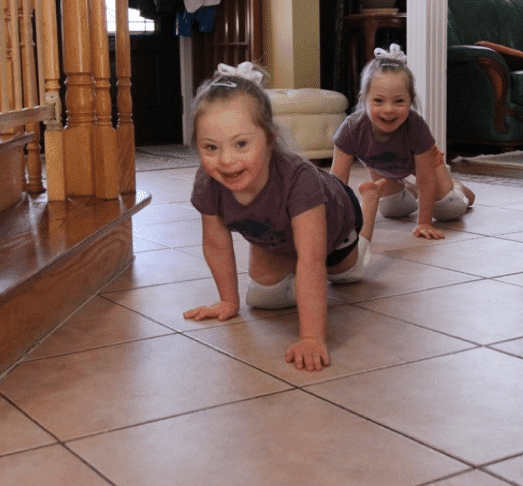
Appropriate sensory stimulation and motor opportunity are the answer when the motor pathway is in trouble. When the child is provided with appropriate sensory stimulation with increased frequency, intensity and duration in recognition of the orderly way in which the brain develops and then given ample opportunity to move, that pathway will grow. The child will begin to move a few inches on hands and knees, and then a few feet, and then use creeping as the means of transportation from place to place.
Ana Paula

Ana Paula is from Mexico. She had feeding and respiratory problems in the first year of life. By the time she was 40 months old she was able to move her arms and legs but she was unable to move forward on the floor. Also her body was very rigid. She began on the program and 18 months later she began to crawl for the first time. She crawled as much as 260 meters a day. She crept 150 meters a day. Today Ana Paula is creeping 150 meters daily. A long journey for one very tough little girl.

Ruadhan

Little Ruadhan is from Ireland. He was diagnosed with quadriplegic cerebral palsy. At 30 months of age he could move his arms and legs but he was not able to move forward on the floor. Six months after beginning the program he began to crawl on his belly for the first time. After six months of crawling he began to creep for the first time. In one year he went from immobility to creeping. Today he is walking under the ladder independently.
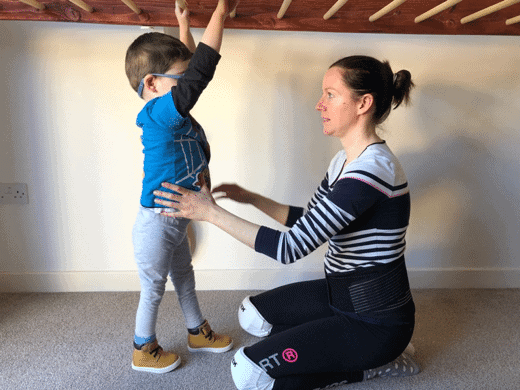
Shannen

Shannen is from Indonesia. She was diagnosed with pontocerebellar hypoplasia. At 15 months she could her move arms and legs but she could not move forward on the floor and all four limbs were rigid. Two months after beginning the program she began crawling for the first time. She crawled 200 meters daily. After five months, she began creeping for the first time. She crept 500 meters a day. She achieved both a crawling and a creeping victory when she was 2 years old. Today she is walking under the overhead ladder with a goal of walking independently.

Matthew

Now fully able to get around on his hands and knees Matthew has a driver’s license in his house.
Matthew is from the United States. As a baby he was diagnosed with cerebral palsy, and microcephalic, with a congenital absence of the corpus callosum and Arnold Chiani Syndrome.
When he was five years old, his parents attended the What To Do About Your Brain-injured Child and he had his first appointment. At that time, he could crawl, but not creep. After 6 months of the home program, Matthew began creeping on his hands and knees for the first time and he was awarded a creeping victory. Now Matthew is learning to walk under an overhead ladder. Next stop – a walking victory.

Walking – A big challenge but Matthew takes it on with enthusiasm.
Sara

Tearing up the turf creeping with Dad
Sara is from Argentina. At birth, Sara was rushed to Neonatal Intensive Care due to breathing problems and the need for oxygen. After a week, she was discharged with a diagnosis of laryngomalacia, a softening of the tissues of the larynx, and had related surgeries at 4 months and 15 months. At two years of age, Sara was still immobile. Her parents attended the What To Do About Your Brain-injured Child Course and began a home treatment program. She began crawling and by age three, Sara was creeping inside and outside of her house 700 meters daily and she received a creeping victory. Today she is standing and cruising. She is beginning to walk under an overhead ladder. Next stop walking! Her understanding is now equal to her age, and she is an early reader.

Busy girl: Sara has time to read and expand her knowledge and still make her physical goals each day.
Yuma

Yuma does not creep much these days, he is too busy walking.
Yuma is from Japan. He has a twin sister and he was born 12 weeks before his due date. Yuma was diagnosed with Global developmental Delay, cerebral palsy and Peri-Ventricular Leucomalacia. His Father says “ I attended the course in desperation hoping for an answer” Mother attended the What to About Your Brain-injured Child course a year later. At that time, Yuma could crawl but he was not able to creep. After the course, his parents designed a program of stimulation and opportunity. He went from crawling to being able to creep for the first time before his first appointment! At age two he could creep more than 600 meters a day. Yuma achieved a creeping victory. Today Yuma walks independently. He also reads and talks and is beginning to run!

Hey Yuma – no cheating that’s not walking it’s running!
All of these children were born with severe injuries to the brain. They were immobile and the prognosis for each of them was very poor. Today they are no longer paralyzed but they crawl and creep and are on their way to walk. What an astonishing accomplishment for these incredibly tough children and what a tribute to the love and dedication of their incredible parents.
What an honor and a privilege it is to be part of this journey. We salute you.
Click here to Read More about Results with 3,024 Children on The Institutes Program
Learn More About the What To Do About Your Brain-Injured Child course
For more information, or to enroll, Contact Ashley
Phone: 215-836-4868
Email: wtd_registrar@iahp.org
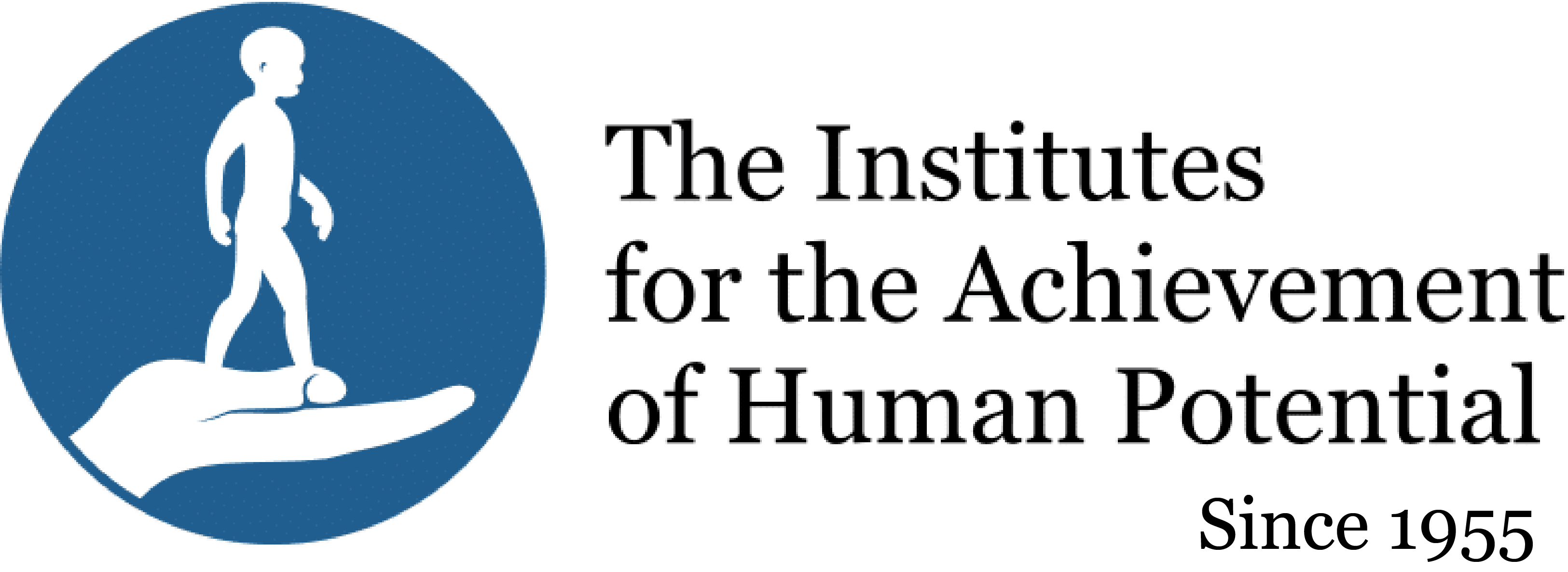
 Donate
Donate


